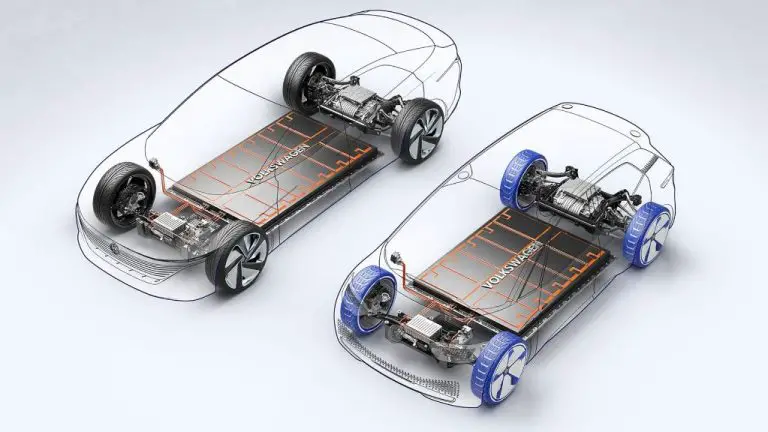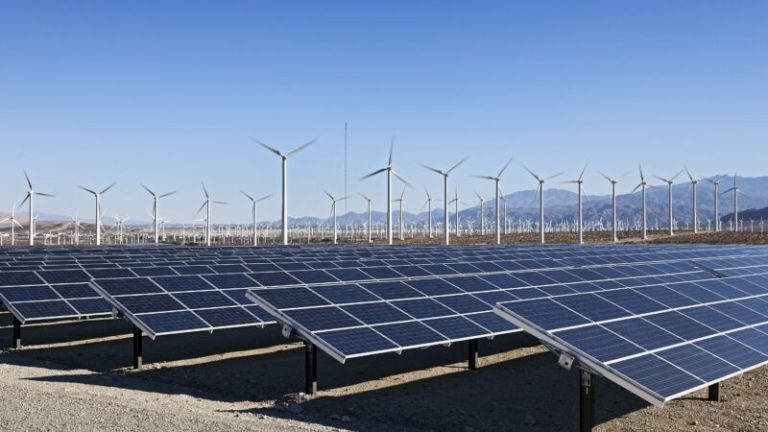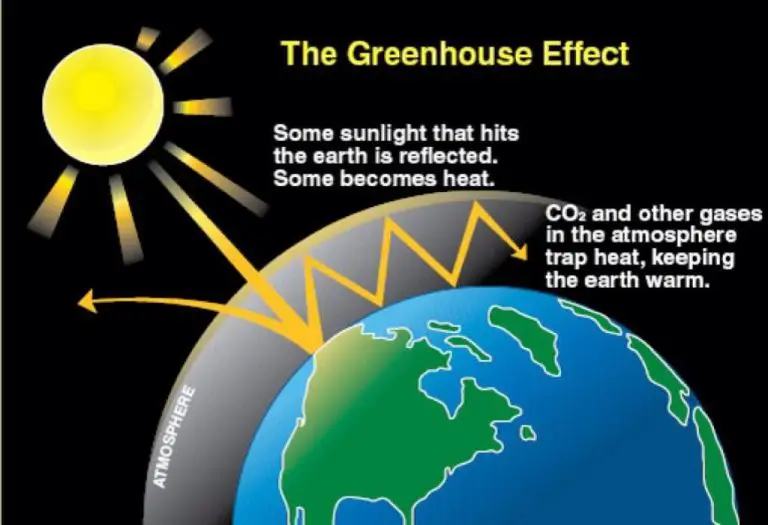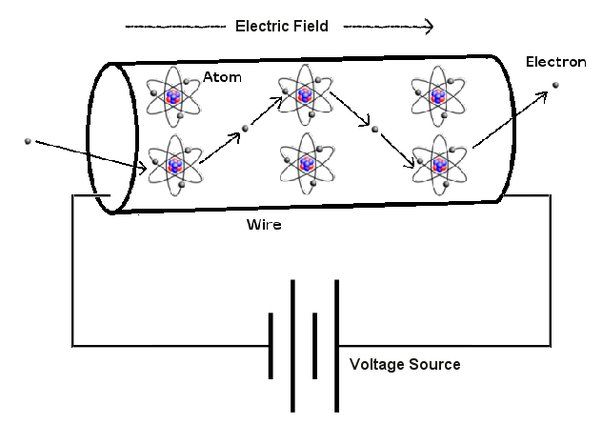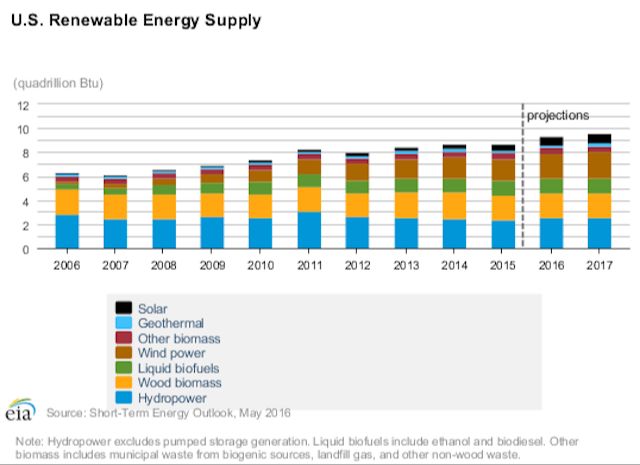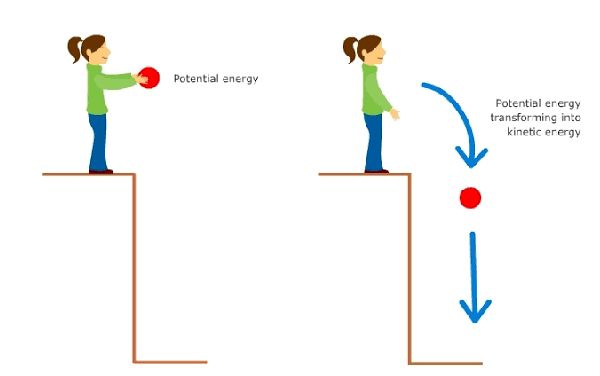What Is A List Of Renewable Or Nonrenewable?
Defining Renewable Resources
Renewable resources refer to sources of energy that replenish naturally and can be replaced as we use them. They are considered “renewable” because they are continuously available in nature. Key types of renewable resources include solar energy, wind power, hydropower, geothermal energy, and biomass fuels. Unlike fossil fuels which take millions of years to form, renewable resources are replenished over much shorter timeframes. The major benefit of renewable resources is that they are constantly renewed and are generally sustainable over long periods of time. They produce little to no greenhouse gas emissions and have a far smaller environmental impact compared to nonrenewable energy sources. By harnessing renewable resources such as sunlight and wind, we can generate clean energy without depleting finite resources on the planet.
Defining Nonrenewable Resources
Nonrenewable resources exist in finite amounts and take a very long time to form naturally. They cannot be replenished at the same rate as they are consumed. Some key examples of nonrenewable resources include:
- Fossil fuels like coal, oil, and natural gas
- Minerals such as gold, silver, copper, and iron ore
- Sand, gravel, and limestone used for construction
Unlike renewable resources that can be replenished naturally within a human lifespan, nonrenewable resources require millions of years to form. Once depleted, they are essentially gone. This makes them unsustainable for long-term human consumption without recycling or discovering additional reserves.
Types of Renewable Resources
Renewable resources are derived from natural processes that are replenished constantly. The main types of renewable resources used for energy production include:
- Solar power – Converting energy from sunlight into electricity through solar panels and solar thermal installations.
- Wind power – Using wind turbines to harness the kinetic energy of wind to generate mechanical power or electricity.
- Hydropower – Generating electricity by using the energy from flowing water at hydroelectric dams or tidal flows.
- Geothermal – Using heat from under the earth’s surface to provide heating/cooling or to power geothermal power plants.
- Biomass – Burning organic matter like wood, agricultural waste, or landfill gas as fuel to produce energy.
These renewable sources can be replenished naturally within a short timeframe, making them sustainable long-term energy solutions.
Types of Nonrenewable Resources
Nonrenewable resources are available in limited quantities and take thousands or even millions of years to form naturally. Once depleted, these resources essentially become unavailable unless efforts are made to reuse or recycle them. The main types of nonrenewable resources include:
Fossil fuels such as oil, natural gas, and coal. These energy sources originate from the decomposition and compression of ancient plant and animal matter over geological timescales. Fossil fuel reserves are distributed unevenly around the world and face increasing scarcity as global consumption continues to grow.
Metallic minerals including gold, silver, copper, iron ore, and aluminum ore. These finite mineral deposits are found in specific rock formations and extracted through mining. As the most accessible deposits get used up, it becomes more expensive and environmentally damaging to extract the remainder.
Nonmetallic minerals such as sand, gravel, limestone, and salt. These minerals have a wide range of applications in construction, manufacturing, agriculture, and other sectors. While technically renewable on geologic timescales, they are often not replenished quickly enough for human use.
Overall, nonrenewable resources provide critical raw materials to power the global economy. However, their finite nature requires careful management to transition toward more sustainable long-term solutions.
Benefits of Renewable Resources
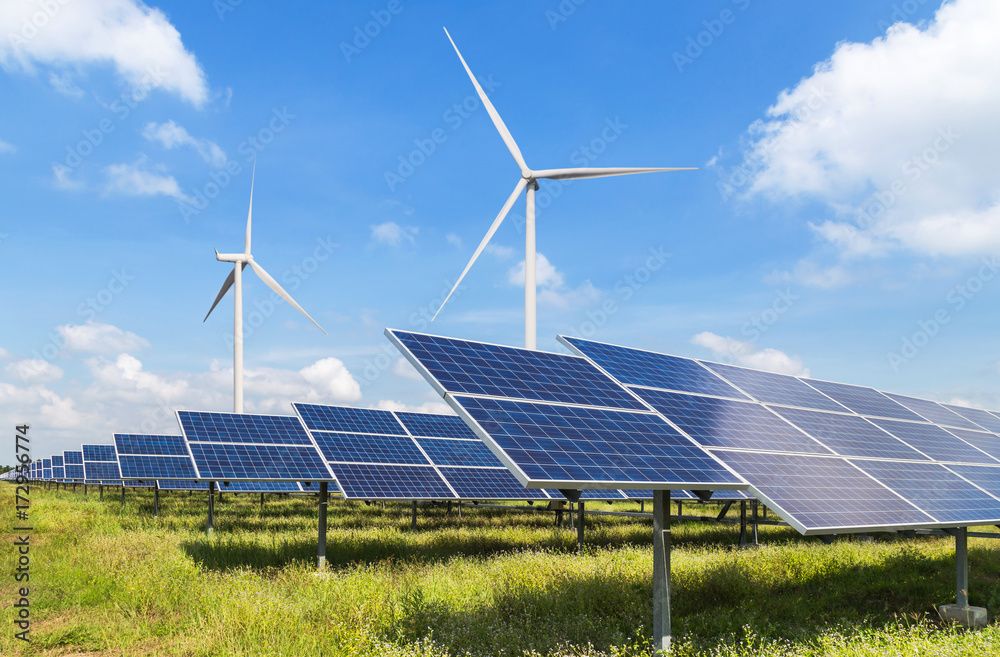
Renewable energy sources provide a variety of environmental and economic benefits compared to fossil fuels. Some key advantages of renewables include:
- Clean energy generation – Most renewable energy sources produce little to no global warming emissions or air pollutants. This helps mitigate climate change and improve public health.
- Energy sustainability – Renewable resources are naturally replenished and practically unlimited, making them a sustainable long-term energy solution.
- Energy security – Local renewable energy sources reduce dependence on imported fossil fuels prone to price volatility and supply disruptions.
- Cost savings – Renewables are becoming increasingly cost-competitive with conventional power sources. The fuel costs of renewables are negligible compared to fossil fuels.
- Job creation – Expanding renewable energy requires manufacturing equipment, construction of new facilities, operation and maintenance, supporting numerous domestic jobs.
- Grid resiliency – Distributed renewable energy sources improve the flexibility and reliability of electricity delivery, and reduce strain on the power grid.
In summary, renewables provide clean, sustainable energy while securing energy independence, creating jobs, saving money, and improving public health. This makes them an essential component of a stable energy future.
Drawbacks of Nonrenewable Resources
Nonrenewable resources like coal, oil, and natural gas have some major drawbacks when compared to renewable resources like solar, wind, and hydropower. The key issues with nonrenewables are:
- Contribution to climate change and pollution – Burning fossil fuels releases greenhouse gases like carbon dioxide and contribute greatly to global warming and climate change. Extracting and transporting them can also cause environmental damage.
- Unsustainable long-term – By definition, nonrenewable resources will eventually run out since they cannot be replenished in a human timescale. Relying largely on them is not sustainable in the long run.
- Geopolitical issues – Since nonrenewables are geographically concentrated in certain regions, there can be geopolitical tensions and energy security issues surrounding their supply and use.
- Price volatility – Nonrenewable energy prices can fluctuate wildly based on availability, extraction costs, supply and demand dynamics, regulations, and other market forces.
- Health impacts – Pollution from nonrenewables contributes to air quality problems, which harm human health. Mining and extraction of fossil fuels can also put workers at risk.
Due to these major downsides, there is a strong impetus to transition more towards renewable resources which are cleaner, sustainable, and more secure over the long term.
Recent Growth of Renewables
In recent years, there has been significant growth in renewable energy capacity and investment globally. This growth has been driven by both policy support and declining technology costs.
Since 2010, global renewable energy capacity has more than doubled. In 2021, over 280 gigawatts (GW) of renewable capacity was added globally, setting a new record. The majority of this growth came from solar and wind power. Solar PV capacity increased 22% in 2021 to over 1,000 GW globally. Wind power capacity grew 12% to over 840 GW globally.
Investment in renewable energy has also surged. Since 2004, worldwide investment in clean energy has increased over 600%. In 2021, an estimated $366 billion was invested in renewable energy globally. This investment is paying off. Renewables like solar and wind are now the cheapest sources of new electricity generation in most major markets.
The growth of renewables has been especially pronounced in electricity generation. In 2021, renewables generated over 8,200 terawatt-hours (TWh) of electricity globally, accounting for almost 29% of total generation. A decade earlier in 2011, renewables produced just over half as much electricity and accounted for only 20% of the total.
The share of renewables in electricity generation is expected to continue growing in the coming decades as costs decline further and more capacity comes online. Wind, solar, and other renewables are poised to play an increasingly important role in powering the global economy sustainably.
Ongoing Reliance on Nonrenewables
Despite recent growth in renewable energy, the world still relies heavily on nonrenewable resources like oil, coal, and natural gas. Fossil fuels like petroleum and coal continue to provide the majority of the world’s energy needs. In 2018, fossil fuels accounted for over 80% of total primary energy demand worldwide.
Fossil fuels dominate in electricity generation, heating, and transportation. Oil powers the majority of cars, trucks, ships, and airplanes globally. Coal continues to fuel many power plants around the world. Natural gas is increasingly used for heating, cooking, and electricity generation.
In addition to fossil fuels, nonrenewable minerals are essential for modern technologies and infrastructure. Materials like rare earth metals, cobalt, lithium, and copper are vital components of smartphones, batteries, solar panels, wind turbines, and electric vehicles. There is substantial ongoing demand and reliance on these nonrenewable mineral resources.
While renewable energy is growing rapidly, analysts project nonrenewables will continue meeting over three-quarters of global energy needs through at least 2040. The world remains heavily dependent on fossil fuels and nonrenewable minerals despite sustainability concerns.
Future Outlook for Renewables
The future looks bright for renewable energy sources like solar, wind, hydroelectric, geothermal and biomass. As technology improves and costs continue to fall, renewables are projected to meet a growing share of global energy demand in a sustainable way.
Many experts predict renewable energy will see dramatic growth in the coming decades. The costs of renewables like solar and wind have dropped significantly in recent years, making them more competitive with fossil fuels. And costs are expected to keep falling as production expands and technologies improve.
At the same time, concern over climate change is driving policies and investments to transition away from coal, oil and natural gas. Governments around the world are setting ambitious renewable energy targets and funding large-scale projects.
Renewables are projected to generate over 60% of the world’s electricity by 2050, up from 26% today, according to BloombergNEF’s annual outlook. The International Renewable Energy Agency predicts renewables will meet 90% of global power demand by 2050 if climate goals are to be met.
With their falling costs and environmental benefits, renewables hold great potential to sustainably meet more of the world’s energy needs in the decades ahead.
Sustainability Efforts for Nonrenewables
While renewable resources have seen growing adoption, nonrenewable resources like oil, natural gas, and coal still play a major role in energy production and industrial manufacturing. However, concerns over depletion, environmental impacts, and price volatility have spurred efforts to use nonrenewables more sustainably.
Conservation is a key strategy, whether through increased efficiency, reducing waste, or simply using less. Recycling can also extend nonrenewable supplies, such as reusing plastic and metal scraps. Even non-recyclable resources like oil can sometimes be reused or repurposed.
Research into alternatives is ongoing as well. Biofuels, hydrogen, and synthetic hydrocarbons may one day supplement or replace fossil fuels. And renewable energy sources like solar, wind, geothermal, and hydropower can directly substitute for coal and natural gas in electricity generation.
While nonrenewable resources will likely remain important for the foreseeable future, sustainability efforts can reduce environmental impacts and prolong their viability as humanity transitions toward greater reliance on renewable sources.

